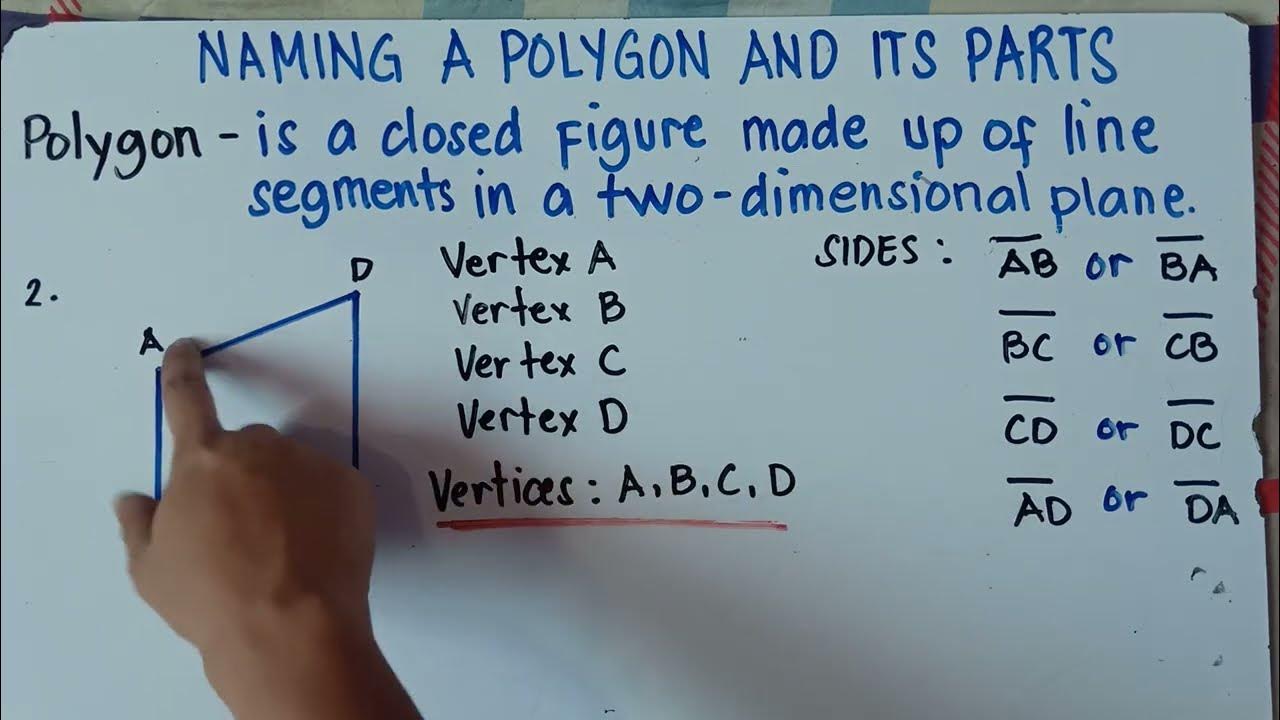Grade 8 Science Q1 Ep1: Forces
Summary
TLDRIn this engaging lesson, Teacher MJ introduces the concept of force, emphasizing its significance in everyday movements. Through interactive questioning and practical examples, students learn about the definition of force as a push or pull, its magnitude and direction, and the distinction between contact and non-contact forces. The lesson incorporates demonstrations, such as the movement of a toy car and the application of force in activities like playing soccer, to illustrate these concepts effectively. By the end, students gain a solid understanding of how force influences motion in the world around them.
Takeaways
- 😀 Understanding force is essential as it influences motion and everyday activities.
- 🔍 Force is defined as a push or pull that can change an object's motion.
- ⚖️ The relationship between force, mass, and motion is fundamental in physics.
- 📸 Interactive drills help assess students' understanding of force in various scenarios.
- 🚪 Examples like opening a door illustrate how force is needed to initiate movement.
- 🚗 A toy car demonstration shows how force affects acceleration and deceleration.
- 📏 Key concepts related to force include magnitude, direction, point of application, and line of action.
- 🤝 Contact forces require physical interaction between objects, such as applied and friction forces.
- ⚙️ Different types of contact forces include applied force, friction force, normal force, and tension force.
- 🎓 Engaging activities enhance learning, making complex concepts like force more accessible.
Q & A
What is the main objective of the lesson?
-The main objective is to learn the relationship between the amount of force applied, the mass of an object, and the resulting changes in the object's motion.
What is defined as 'force' in the context of the lesson?
-Force is defined as a push or pull applied to an object that influences changes in its motion.
How does the amount of force applied affect an object's motion?
-The amount of force applied determines the speed and direction of an object's motion; greater force results in faster motion.
What were some examples used to illustrate the application of force?
-Examples included opening a door, kicking a soccer ball, and pushing a toy car.
What is the significance of the toy car demonstration?
-The toy car demonstration illustrated how force is needed to initiate motion and how the direction and magnitude of force affect its speed and movement.
What are the key terms introduced related to force?
-Key terms include magnitude (strength of the force), direction (the path of the force), point of application (where the force is applied), and line of action (the straight line of force direction).
What are contact forces, and can you name a few examples?
-Contact forces require physical contact between objects; examples include applied force, friction, normal force, and tension.
How is friction force defined in the lesson?
-Friction force is defined as the force that opposes the motion of an object and acts in the opposite direction to the applied force.
What does the normal force do?
-Normal force acts perpendicular to an object, supporting it against gravitational force when the object is resting on a surface.
What is tension force and how is it represented?
-Tension force is the force exerted by a rope, string, or cable that resists stretching, represented by the symbol 'T.'
Outlines

This section is available to paid users only. Please upgrade to access this part.
Upgrade NowMindmap

This section is available to paid users only. Please upgrade to access this part.
Upgrade NowKeywords

This section is available to paid users only. Please upgrade to access this part.
Upgrade NowHighlights

This section is available to paid users only. Please upgrade to access this part.
Upgrade NowTranscripts

This section is available to paid users only. Please upgrade to access this part.
Upgrade NowBrowse More Related Video

GAYA LORENTZ KELAS 9 (MEMBUKTIKAN ADANYA GAYA LORENTZ)

Geometric Series | Finding the Sum of Geometric Sequence | Explain in Detailed |

Naming a Polygon and Its Parts | Matatag Curriculum | Grade 7 | Explain in Detailed |

SCIENCE 7: Quarter 1-LC 5: PHASE CHANGES OF THE STATES OF MATTER| MATATAG CURRICULUM

Solving Quadratic Equations by Quadratic Formula | Not A Perfect Square | Part 2 |

Materi Tekanan Pada Zat Padat Kelas 8 SMP
5.0 / 5 (0 votes)